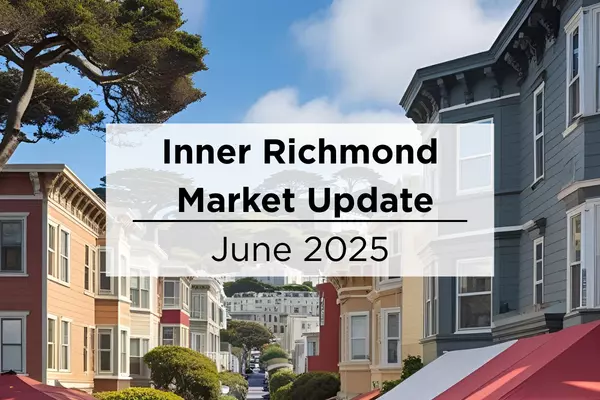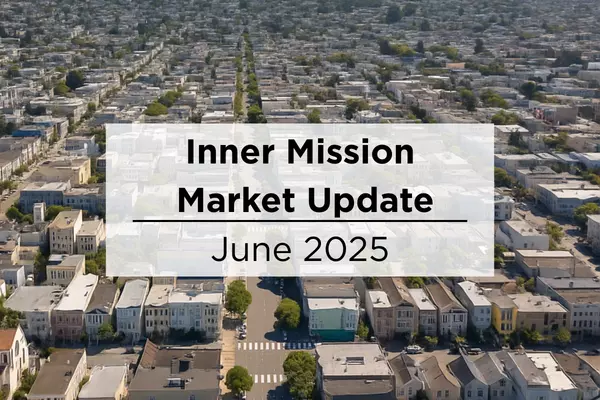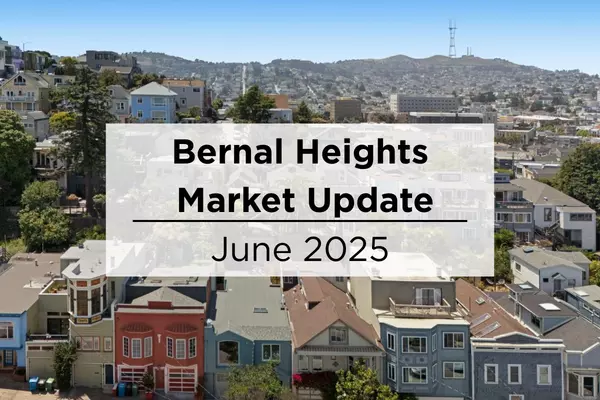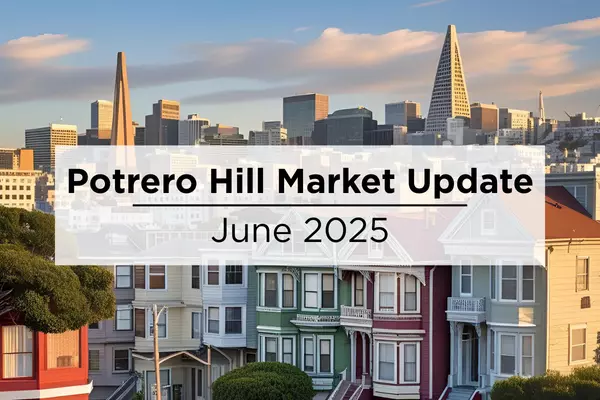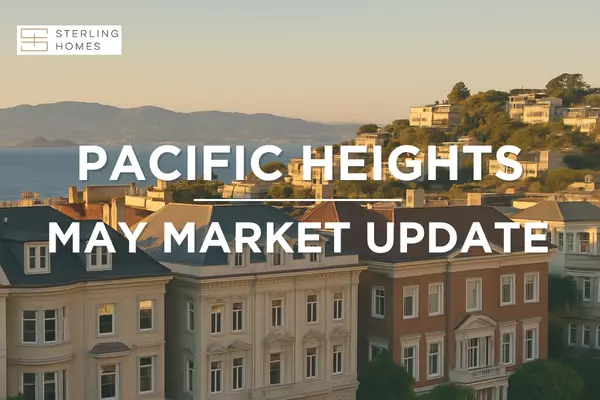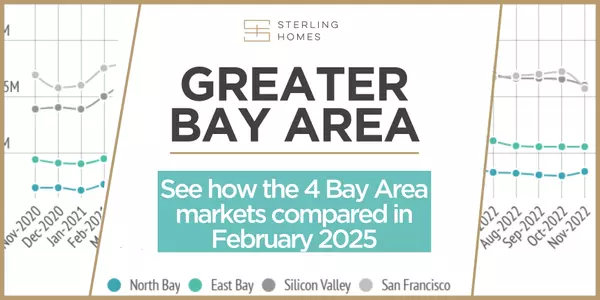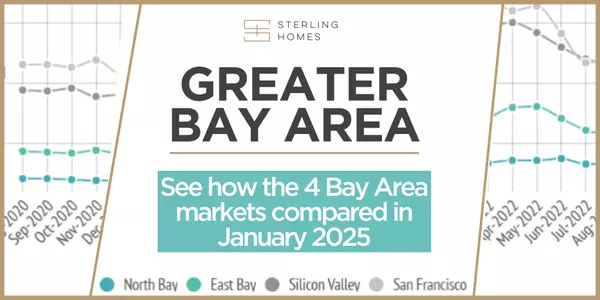
Why Forest Hill Should Be Your Next Move in the San Francisco Bay Area
Tucked away in the heart of San Francisco, Forest Hill stands as one of the city’s most serene and exclusive neighborhoods. Known for its lush greenery, elegant homes, and tranquil atmosphere, this residential enclave offers a perfect blend of suburban comfort with city convenience. Why Choose For
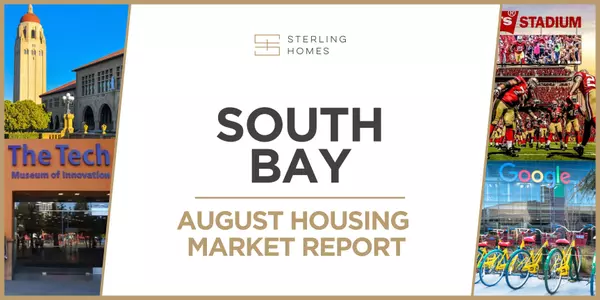
Santa Clara, Santa Cruz, San Mateo Housing Market Update - August 2024
The Big Story Housing Market Seasonality vs. Expected Rate Cuts Quick Take: Nationally, home prices hit an all-time high in June 2024, and we estimate that prices may have bucked seasonal trends and climbed slightly higher in July.* In July, the average 30-year mortgage rate declined for the third m

San Francisco Housing Market Update - August 2024
The Big Story Housing Market Seasonality vs. Expected Rate Cuts Quick Take: Nationally, home prices hit an all-time high in June 2024, and we estimate that prices may have bucked seasonal trends and climbed slightly higher in July.* In July, the average 30-year mortgage rate declined for the third m
- 1
- ...
- 7
- 8
- 9
- 10
- 11
- ...
- 17
Categories
Recent Posts



